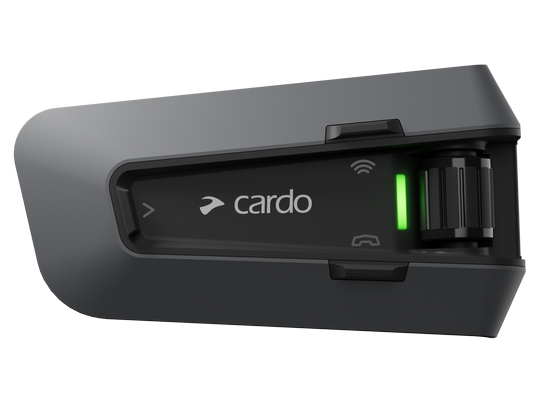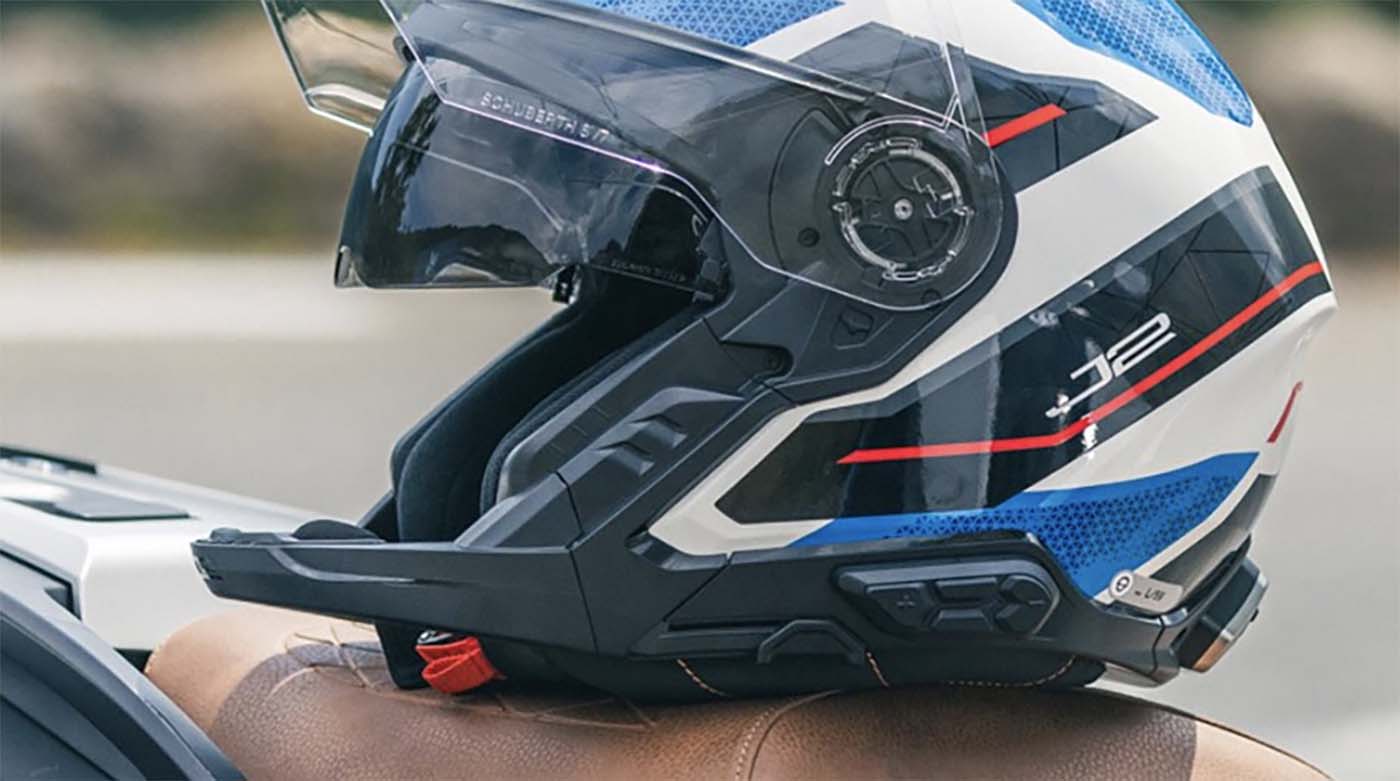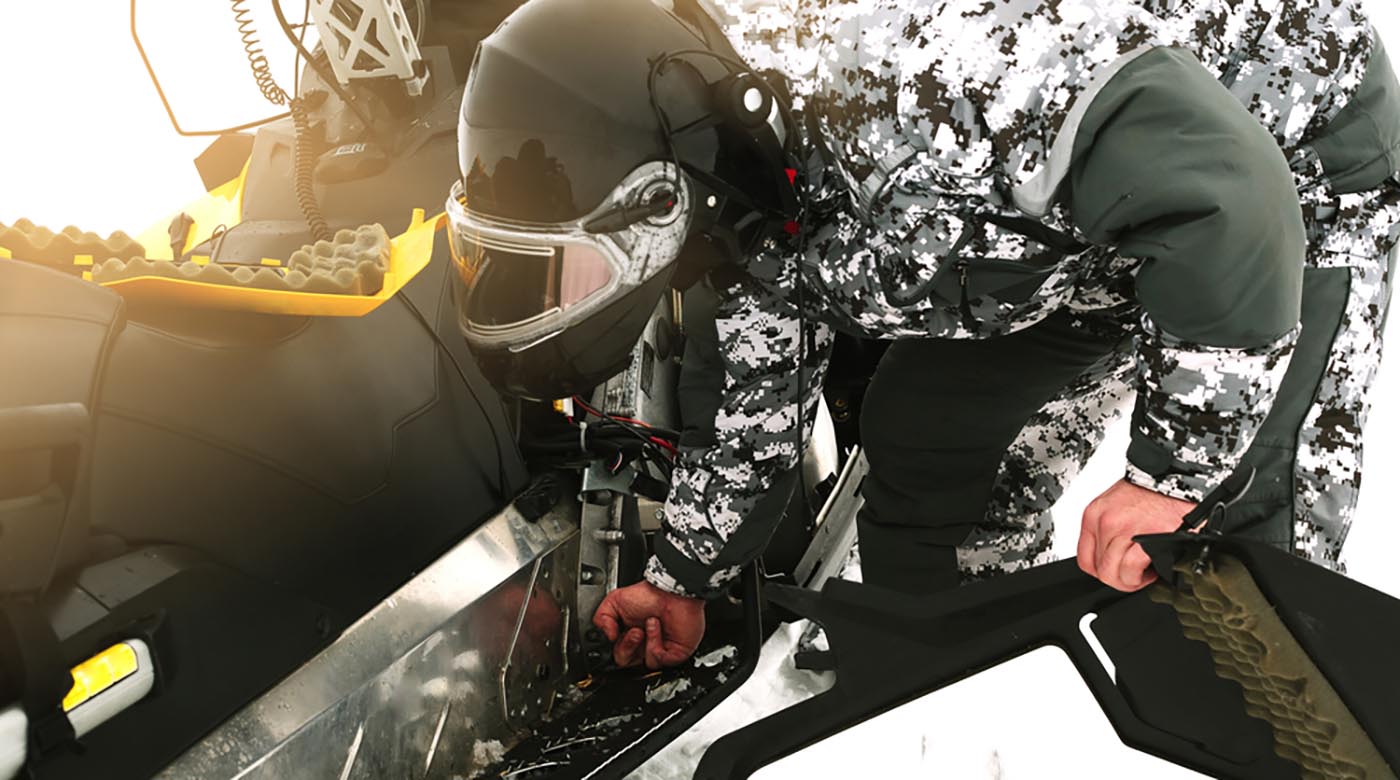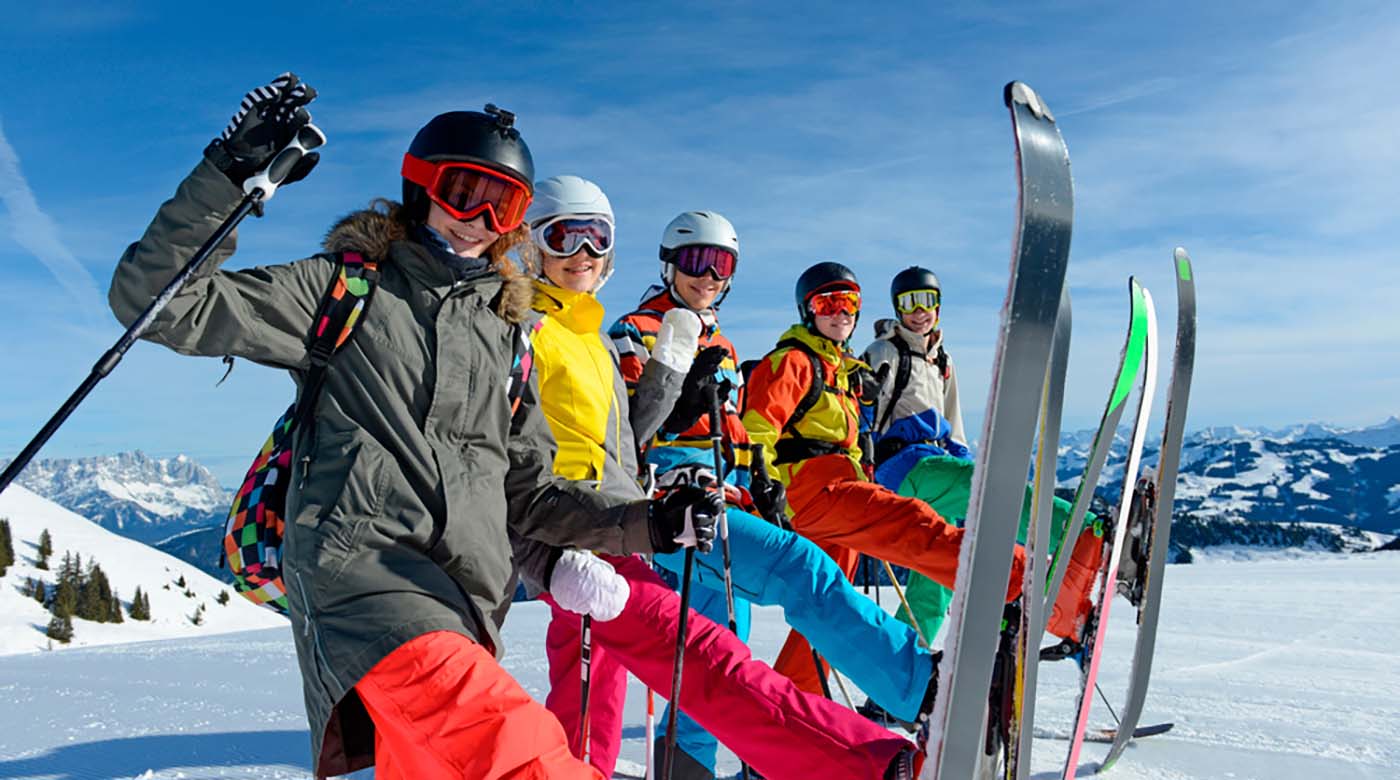There are thousands of motorcycle clubs across the U.S., each offering a distinctly unique riding experience. Regardless of your experience level, location, or preferences, you can find an organization that would love to welcome you as a member.
Motorcycle groups are a time-honored tradition in America and have become the glue that holds numerous communities together. You can find friends who share your interests, build your riding skills, and discover new routes. There’s also safety in numbers. Riding in groups provides added peace of mind by ensuring someone is always watching your back. Use this guide to become an active member of a motorcycle club that supports your values and interests.
Find the Right Club for You
Motorcyclists are known for their independence, and no two groups are alike. For some, groups are just a way to hang out and ride. Others use them to support various causes and charities. Groups may come together over shared identities, such as women, LGBTQIA, and Black and Indigenous Peoples of Color motorcycle groups, or their love of particular activities, i.e., racing or touring, or specific models, like Harley-Davidsons or antique motorcycles.
Use the American Motorcyclist Association (AMA) to find groups by name or location. You can also search for motorcycle clubs on Google or social media sites like Facebook or Instagram. Visit the group's website or contact them to learn about the events they host. Read their mission statement to understand what brings them together. Ensure you meet the criteria and have the necessary equipment before joining. Learn about the types of motorcycles to see how your ride compares to the rest of the group’s.
Stay Connected with the Cardo Packtalk Pro
Gear Up to Ride in a Group
In addition to the correct type of motorcycle, you’ll need the necessary safety gear, including a helmet, gloves, boots, and thick pants. To protect your eyes, wear a full-face helmet with a visor or a half-face model with goggles. The helmet shouldn’t move or shift in place. Replace yours if it’s more than five years old.
Use a wireless motorcycle helmet Bluetooth headset to communicate with the group without distracting yourself from the road. The unit connects up to 15 riders and uses Dynamic Mesh Communication to keep everyone connected when changing formation instead of linking users in a chain. Voice activation keeps your hands on the handlebars and eyes on the road. Ensure your device is compatible with the rest of the group’s equipment. Sync the headsets at the start of your trip and let your voice do the rest. Use the Cardo Packtalk Pro motorcycle intercom for real-time crash detection. It sends an alert when you’ve been involved in an accident to get you the help you need in an emergency.
Planning Your First Group Ride
Select a group ride that suits your experience level. Start with an easy route that lets you focus on staying in formation and coordinating with the other riders. If the group doesn’t plan their rides, ask them how far they typically go or how long they ride. First-time riders may feel more comfortable in the middle as the more experienced motorcyclists lead from the front and take up the rear. You should feel comfortable asking for a break or bowing out when you’ve reached your limit.
Arrive early for your first motorcycle group event to give yourself enough time to adjust your equipment. Inquire about the other members’ riding styles. You can compare gear and get familiar with each other before the fun begins.

Get Involved in the Motorcycle Community
Joining a motorcycle club can be whatever you make it. Don’t feel pressure to acquiesce to the group if they don’t share your values or break the rules of the road. You can find an organization that respects your experience level and commitment to safety or start your own. Your group can be a force for good by setting a positive example for younger generations and giving back to the community. It’s all about how you ride.





